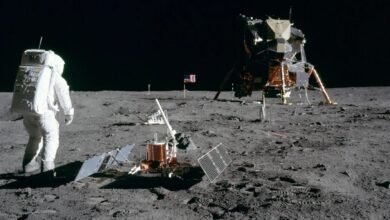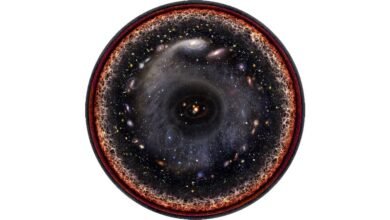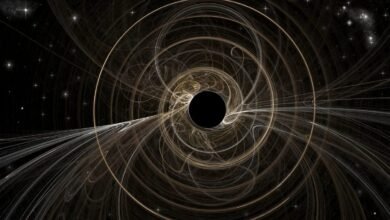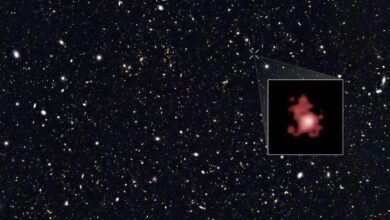New theoretical calculation solves the ‘muon g-2’ puzzle | by Ethan Siegel | Starts With A Bang! | Jul, 2024

A longstanding mismatch between theory and experiment motivated an exquisite muon measurement. At last, a theoretical solution has arrived.
As a scientist, the most exciting moments in your professional life arise when you work hard to get a result, and — no matter how hard you try to understand it — it simply doesn’t match up with your expectations. For theorists, that moment comes when you derive a result that conflicts with what’s experimentally and observationally known to be true. For experimentalists, that moment arrives when you make a measurement that defies a theorist’s predictions. But those moments can go one of two ways: either they can be harbingers of a scientific revolution, exposing a crack in the foundations of science, or they can simply be the result of a previously undiscovered error, on either the theoretical or experimental ends.
Perhaps the greatest quest in particle physics, for perhaps half a century now, has been to find a discrepancy between theory and experiment when it comes to the Standard Model. One fascinating place to look is at the magnetic moment of the muon: a heavy, unstable relative of the electron. A Fermilab experiment known as “muon g-2″ has revealed a discrepancy between theory and…
Source link




